T Ashok / @ash_thiru on Twitter
Summary
Want to be a successful leader? Let animals be your guide. Assemble varied skills to build a great team. Let good techniques and methodical action unleash the power. Watch progress and steer continuously. Be confident. Make decisions. Enable each individual to unleash their full potential. Finally enjoy the journey.
Many years ago, we went on a holiday to Masai Mara, a lovely 1510 square km game reserve in Kenya. Here the animals are free in their natural habitat whilst humans are inside open top jeeps. Seeing the Big-5 (Lion, Leopard, Rhino, Elephant and Wildebeest) and others in close quarters was just wonderful. Observing their behaviour, mannerisms at close quarters was not only enjoyable, but educational. Here is what I learnt about leadership from these wonderful creatures.
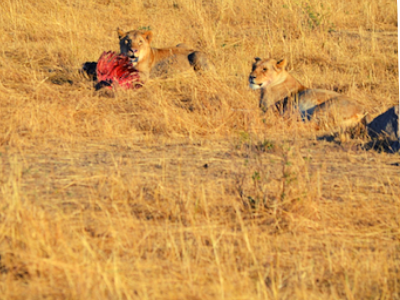
The Lions
A lion is busy eating a fresh kill of wildebeest whilst a cackle of hyenas sit a little distance away patiently waiting for the lion to finish. Once the lion is satiated and moves away to rest, the hungry Hyenas will finish the rest. Their teeth are so powerful that they can crush the bones. At another place a wake of vultures are fighting fiercely to eat the remains of a carcass killed by a lioness. In nature, nothing is left to waste , for each animal is specialised in its contribution to the nature’s eco-system cycle. A wildebeest is a big animal and it is a shame to waste anything at all. The Hyenas don’t mess with the lion nor do the vultures with lioness or with any other animals.
Leadership lesson: It takes multiple skills to get a job done well. Each facet of work requires varied intelligence and power; understanding this and abiding your time patiently is key to being successful. So in your team, who is the Lion(ess), Hyena, Vulture…? Each one of them is important, there is nothing superior or inferior.
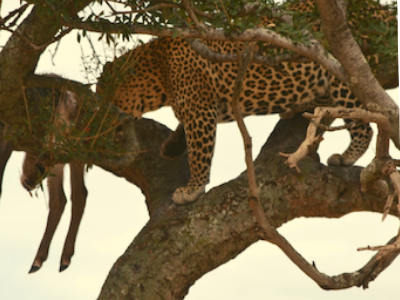
The Leopard
A Leopard had dragged up a young waterbuck up the tree, suspended it precisely on a branch with body resting on branch and legs hanging down. It then went about methodically tearing up the rear with its canines. Though gruesome and sad, it was interesting to see the leopard periodically adjusting the dead animal on the branch as it progressed methodically with its job of eating.
Leadership lesson: The Leopard is a very powerful animal, with its sheer speed and power it can snare any animal. To ultimately accomplish its goal of satisfying its hunger, it must secure the dead animal, which it does by dragging the animal up the tree and then eating it by doing it methodically, tearing from the rear. What do we learn this? In addition to having a powerful team, it is necessary to employ powerful techniques and great processes to ensure that the job is well done. Power is best extracted by using great techniques and then going about it systematically.
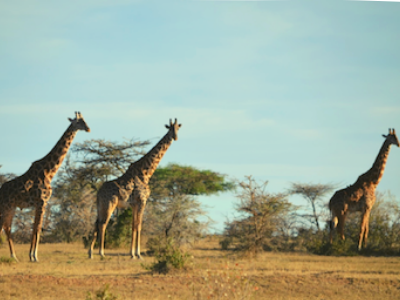
The Giraffe
A herd of giraffes are moving majestically, absolutely elegant movements as they peacefully chomp on leaves off a tree top. Giraffe by virtue of its height and its distinctive coat is indeed a majestic animal. They are not shy at all. One of them walked to our vehicle confidently, stopped, looked at us without any hint of fear and then strutted away. The movements were peaceful and seemingly unhurried. On a different note, it is interesting how a giraffe walks- Both the legs on one side go forward and then the next side go forward, very unlike the other animals where front and rear are in sync.
Leadership lesson: The majestic appearance oozing confidence, fearless attitude, grace and elegance are traits that make a leader successful. And the team will do anything to ensure that the leader stands tall always.
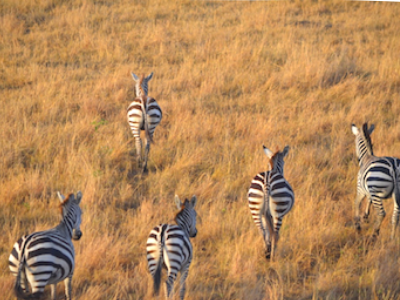
The Zebras
The vast African Savannah is filled with Zebras, beautiful they are with a shiny coat and beautiful stripes of black and white. They are an easy prey for the lions. Their excellent sense of sight and hearing coupled with their acute sense of smell enables them to detect danger which they nimbly respond to, by quickly running away. Their legs are so strong that a just a kick can kill the animal.
Leadership lesson : To survive/course-correct, it requires one to continuously measure (aka smell/watch) and respond nimbly to steer to safe places. Not only is sufficient to know the danger, but it is imperative to have enough power to move away quickly.
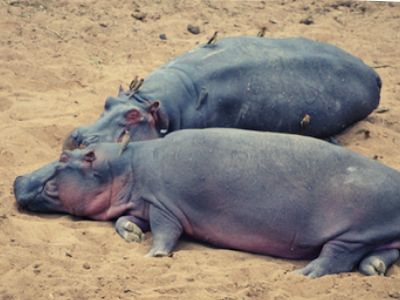
The Hippos
Hippopotamus relaxing in the water seem to be the most lethargic animals. They seem to spend the entire day relaxing in the pool when not eating grass. But do you know that Hippos are the second largest killers of humans? They are not carnivores, they attack only to protect. Their strong bite can kill humans.
Leadership lesson : Each one of us possess enormous power.It is dormant most of the time, the key is unleashing it. A great leader should be able to spot this in others and enable them to unleash it.
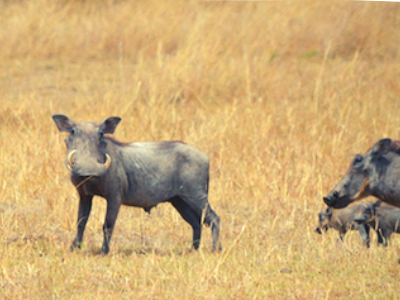
The Warthog
These animals were the most interesting. Belonging to the same family of pigs, these herbivores were constantly running, seemingly for the sheer joy of it. Enjoying themselves just running across the vast expanse. They stop suddenly only to recommence in a short while. It was sheer joy to see these “pigs with tusks” run despite no threats from other animals.
Leadership lesson: Explore. Be curious. Enjoy. To unleash your full potential, you need to be unbounded and enjoy the flow.
The Wildebeest
Masai Mara is famous for the crossing where over a million wildebeest cross over from Tanzania to Kenya and vice versa. Our trip was close to the end of ‘crossing season’. Keen to see the action up close, we went to the river Mara where the crossing occurs. And there it was, a group of wildebeests on the other side of river deciding on what to do – ‘cross or not to cross’. Upstream, nearly a kilometre ahead, a crocodile was basking on the rock while a couple of them were gently floating on water, just their tops visible on the surface, a nemesis for these crossing animals.
The wildebeests are still trying to decide, one of them pushes the other into the river, but that guy does not go any further. In fact he turns back. Then they stand still for a few minutes, one of them goes into the water and then turns back. Suddenly some of them run into the water with some running on the banks, coming to a dead stop after some time. They do nothing, each of them just stand still, waiting for the other to decide. None of them take the next step. One of them on bank is fed up and decides that he has had enough of this indecision and heads back to land. He climbs the mud embankment into the high land as he climbs, a few follow suit. One by one, others follow suit. The decision has been made, they are not going to cross now. The animals that were standstill a moment ago due to indecision are rapidly moving away following the first one to the high land.
Leadership lesson: We all suffer from indecision and do possess herd mentality. A good leader takes decision and confidently goes ahead and the team follows. Not all decisions may indeed be right, but taking a decision is indeed superior to not doing anything.
I hope you enjoyed the educational tour of the Savannah! Want to be a successful leader? Let animals be your guide.
Assemble varied skills to build a great team. Let good techniques and methodical action unleash the power. Watch progress and steer continuously. Be confident. Make decisions. Enable each individual to unleash their full potential. And enjoy the journey.
Hakuna Matata!
(Don’t worry, be happy in Swahili)
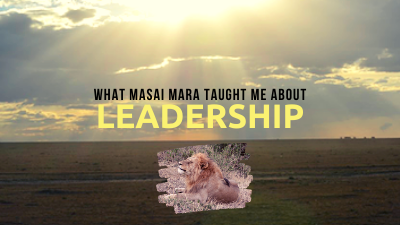
Comments are closed for this article!